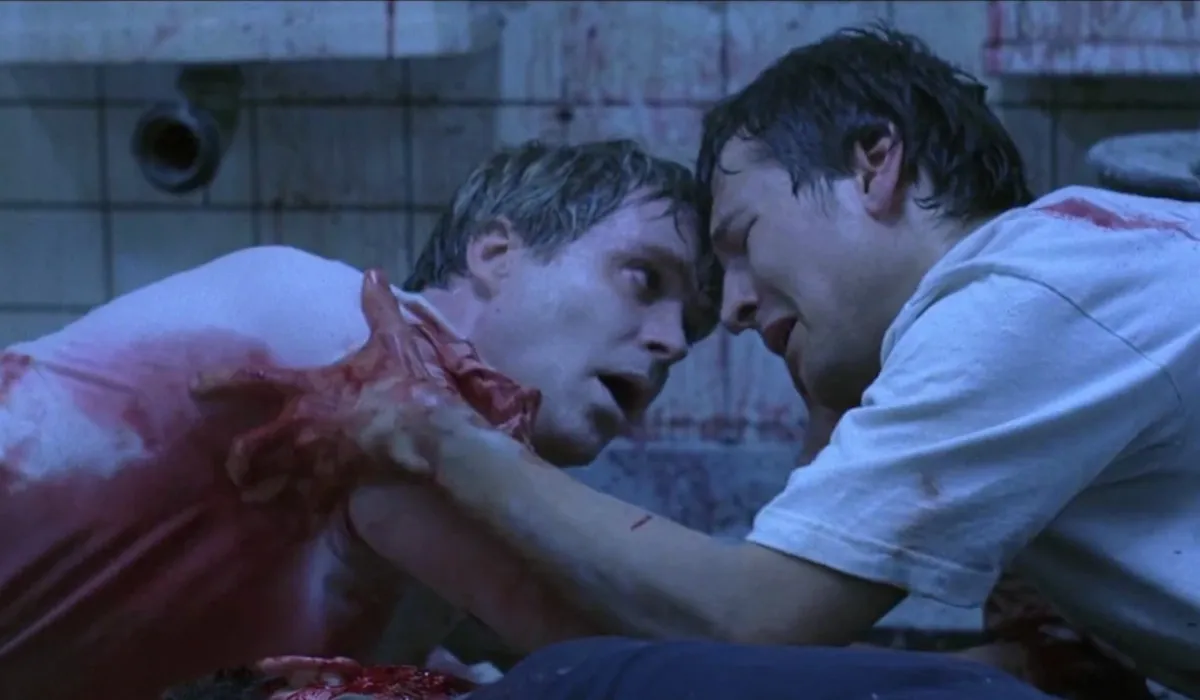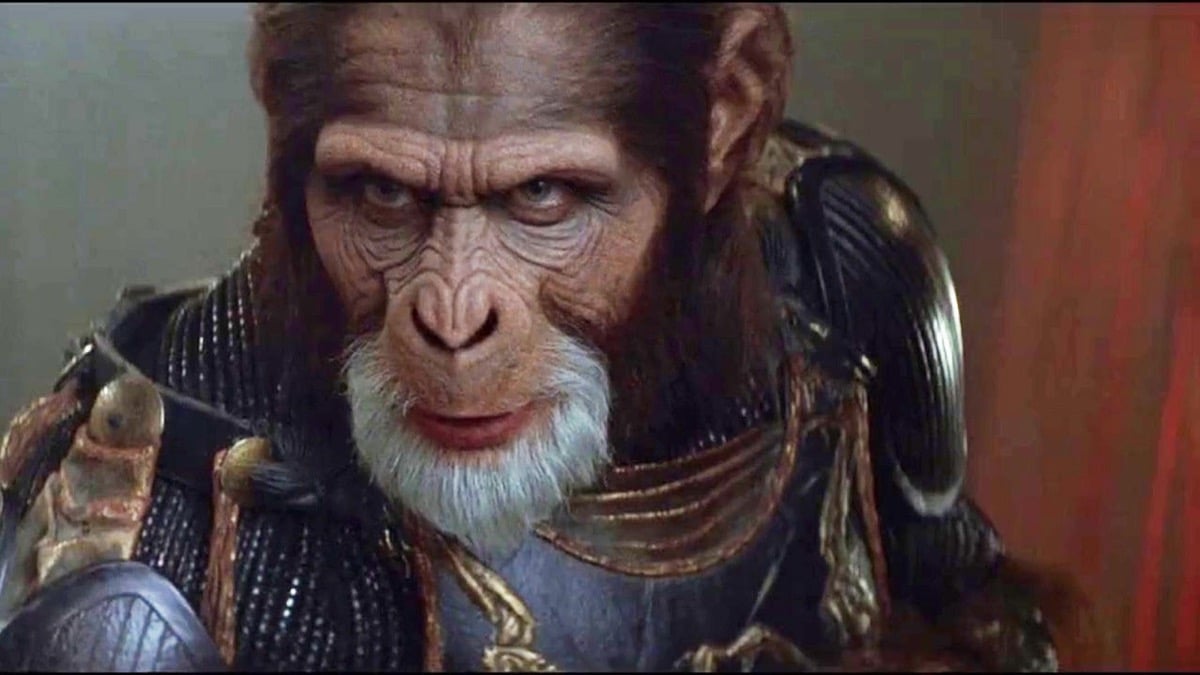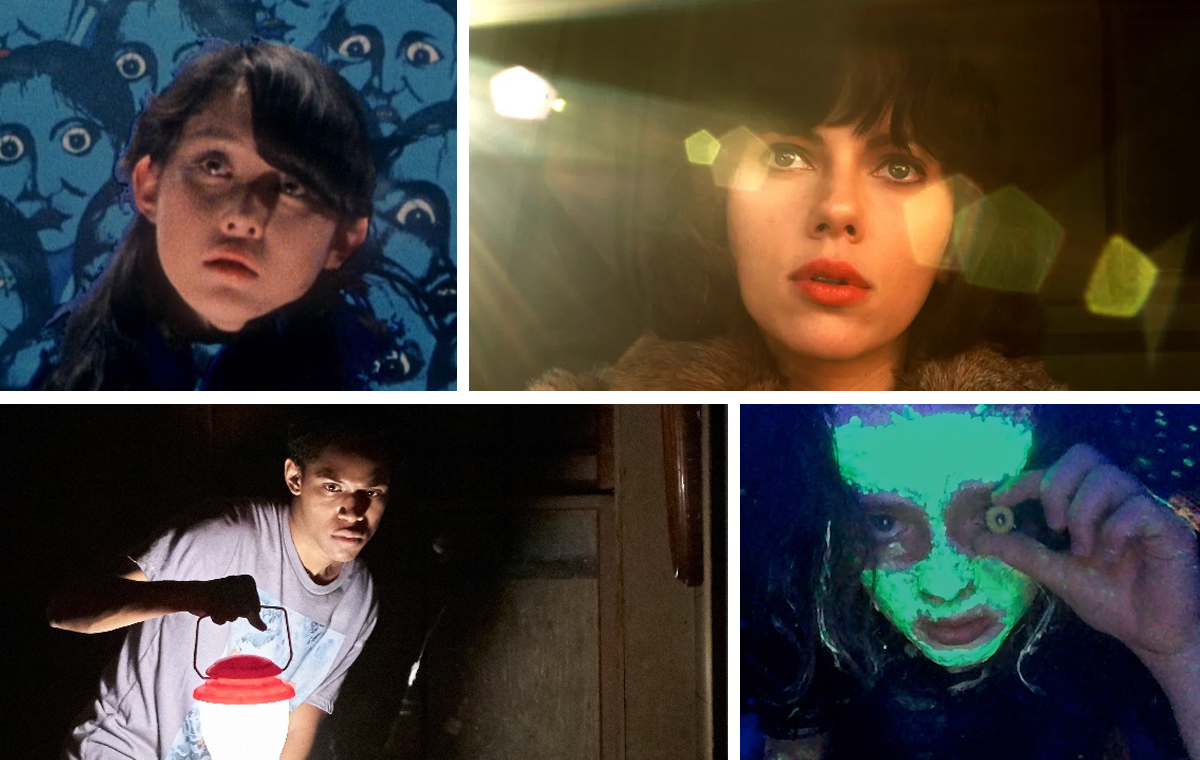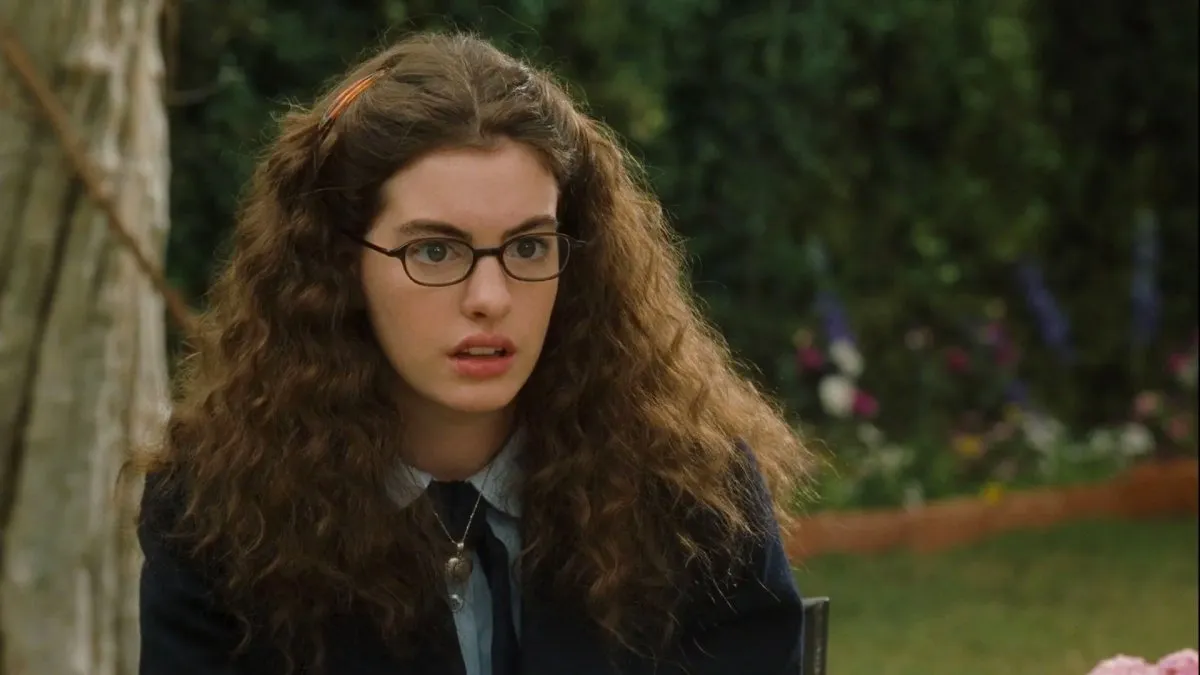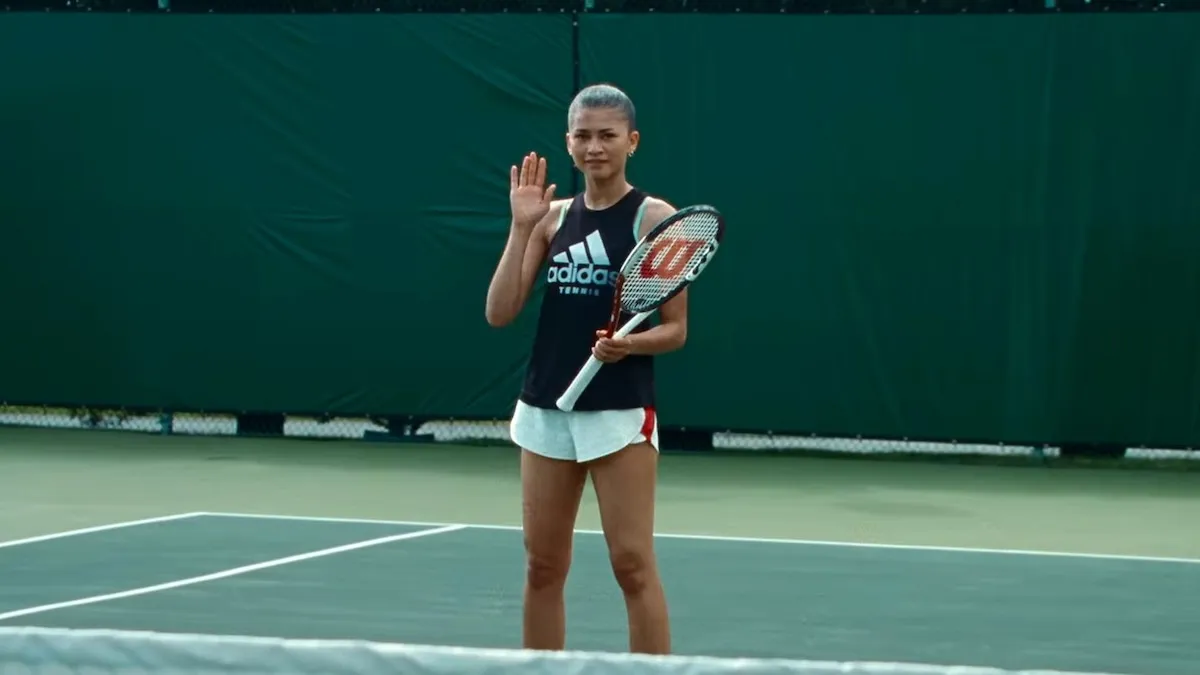When it comes to 21st-century horror, few franchises have been able to consistently pump out new entries and rake in box office numbers like Saw, the twisted, trap-ridden series that spawned from humble beginnings in 2003. But while the Saw film quickly garnered a sizable and loyal following of pigheads eager to flock to the theaters for each new installment, the franchise has never been able to ignite the same affinity in critics—until now. For the first time in the franchise’s history, a Saw film nabbed the coveted “fresh” rating on Rotten Tomatoes—a notable break from tradition for a series of films whose critical reception has been pervasively poor. Yes, Saw X is one of the franchise’s stronger entries, but it’s by no means the best—so why does the critical reception tell a different story?
Certainly, there is a common perception of the franchise. When you think Saw, you think “torture porn”—buckets and buckets of blood as someone shrieks bloody murder and chops off a limb or performs some other stomach-turning act of self-mutilating. The Saw films have become so singularly associated with traps that even other horror franchises like Scream and Scary Movie can’t help but express a distaste for the sheer volume of gore the franchise has made its calling card. But to mistake Saw films as simply vehicles for cooking up new traps would be to grossly underestimate the franchise as a whole.
While the name Saw may conjure a very specific image in one’s mind (a rosy-cheeked puppet on a tricycle, a sweat-soaked Cary Elwes sawing off his foot, Shawnee Smith with her head stuck in a reverse bear trap), the so-called “torture porn” element of the franchise is just that—a single, admittedly memorable, element. For the first Saw film in particular, the level of gore is relatively tame in comparison to what the franchise would go on to become—the original Saw is much more interested in functioning as a character-driven chamber piece. It’s a dialogue-heavy mystery-thriller with the setup of a stage play and a script that relies heavily on the chemistry of Elwes and Leigh Whannell (co-creator and screenwriter) to elicit maximum emotional impact.
There’s a reason the Saw films can boast such a large, devoted following, and it’s not solely the human fascination with the morose and macabre. The Saw franchise is populated with vibrant, memorable characters and a whole slew of wonderful performances from the likes of Tobin Bell, Smith, Elwes, Whannell, Costas Mandylor (Detective Mark Hoffman), and Scott Patterson (Special Agent Peter Strahm). Certainly, there’s a marked dip in screenwriting quality once Whannell exits the franchise after Saw III—but Saw 4-7 have their own cult following, and the twist-heavy, police procedural approach to storytelling is nothing if not commendable for its ambition.
The first Saw is violent and twisted, certainly, but there’s a grandiose, almost Shakespearian tragedy in the conceit of Adam and Lawrence’s bathroom trap that rightfully made the film a smash hit at festivals like TIFF when it was first released. But despite such ambitious, emotional filmmaking, a quick jaunt over to Rotten Tomatoes conjures a very different impression of the film—the review aggregate site features excerpts of critics calling Saw a “contrived, unlovable gore-fest” and “cruelly empty and infantile” among many other verbose insults.
By the time the franchise actually started to dip in quality, reviews had gone from poor and misguided to flat-out scornful—New York Post critic Johnny Oleksinski starts his Spiral review with the blasé remark that “generally speaking, after the fourth or fifth entry in an appalling, disgusting, empty-headed horror series, there is no point in reviewing them anymore. You saw one, you saw ’em all.”
Spurred by wall-to-wall vitriol for the house style that made the franchise a cult favorite among fans, the most recent Saw films have seen the franchise undergo somewhat of an identity crisis. The films hop from the strangely anachronistic high-tech and sleek Jigsaw to the star-studded, Chris Rock-led Spiral, and went “back to basics” in Saw X, with shades of vibrant green and blue that defined the early films and the return of Shawnee Smith. It’s ironic that a film celebrated for its return to form would receive a more favorable critical response than the film it’s attempting to pay homage to, but if that paradox doesn’t encapsulate the infuriating attitude film critics hold towards the Saw films, nothing does.
But while the critical reception to the Saw films certainly encapsulates the issue, this disdain towards violence is by no means specific to Saw. A now-infamous article in W Magazine makes the sweeping proclamation that 2022 was the “year horror went highbrow,” and that before last year, “Horror films had a tough few decades. From the 1980s until recently, movies featuring a murderous doll, a ghostly presence, or a creepy neighbor with a taste for revenge had been mostly relegated to the realm of C-list actors, ham-fisted dialogue, and predictable plots.” It’s a sweeping, dismissive, incredibly frustrating criticism that’s fundamentally disrespectful towards the filmmakers involved and (perhaps most importantly) an unfounded one.
There’s absolutely a point to be made about the style of horror shifting so drastically from gore-heavy torture porn to “elevated” horror—but uplifting the genre in its current form by punching down on more than two decades worth of film history in the process is hardly thoughtful or fair to the many iconic horror films that have kept the genre so enduringly popular, even before cerebral horror became trendy. Was the reception towards Saw X a step in the right direction? Absolutely. But the idea that the franchise is only now turning a corner into commendable filmmaking isn’t just flat-out wrong, it’s an indication of how urgently critics need to revisit the original Saw. While the franchise may have taken on a larger-than-life identity in the pop-culture conscience, the Saw franchise will always have its roots in a scrappy, conceptual, emotionally devastating little horror film that was far ahead of its time.
(featured image: Lionsgate Films)



